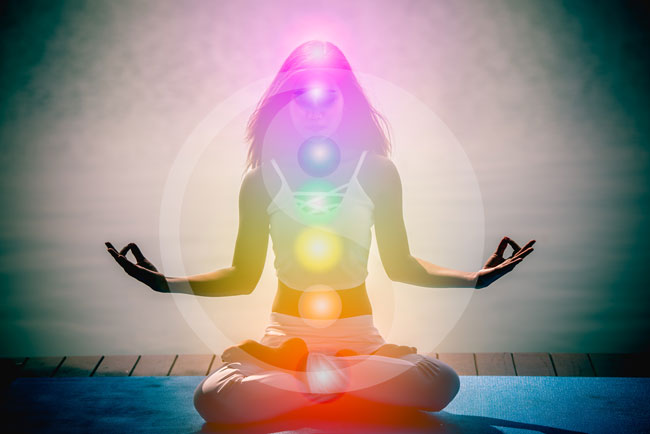Discover Your Perfect Healer Today!
Our online practitioner directory connects you with a wide range of healers to suit your unique needs.
Easily search and find the right professional to support your wellness journey.
Start exploring today to find your perfect match.
Modality
Disease
Books
Products
Events
Training
Blogs
Acupuncture
Do’s and Don’ts After Acupuncture: Maximizing Treatment Benefits
Acupuncture, a form of ancient Chinese medicine, has been gaining global recognition. However, for it to work effectively, there are some rules and regulations that ...
Read More → Written by
David Brown
Aromatherapy
Aromatherapy: Enhancing Mental Health Naturally
Aromatherapy is an old practice that uses essential oils from plants to improve mental health. This blog post explores how well it works in reducing ...
Read More → Written by
James Williams
Chiropractor
Exploring Controversies and Criticisms of Chiropractors
Chiropractic care has become common in musculoskeletal disorders but not without controversy and opposition. From debates surrounding the effectiveness of spinal manipulation to concerns around ...
Read More → Written by
James Williams
Functional Nurse Specialist
Clinical Nurse Specialist vs. Nurse Practitioner: Key Differences Explained
In the field of nursing, it is important to know what sets each job apart from others. Clinical Nurse Specialists (CNS) and Nurse Practitioners (NP), ...
Read More → Written by
Michael Johnson
Reiki Healers
The Truth About Reiki: Are There Risks to Consider
Reiki is a popular worldwide form of energy healing that originated in Japan because it is believed to be able to provide relaxation and restore ...
Read More → Written by
John Smith
Lyme Disease
Lyme Disease in Specific Audiences: A Comprehensive Guide
Explore Our Online Practitioner Directory Now. Lyme Disease in Specific Audiences A Comprehensive Guide Does Lyme disease affect a specific population? What does this mean? ...
Read More → Written by
Web Master





